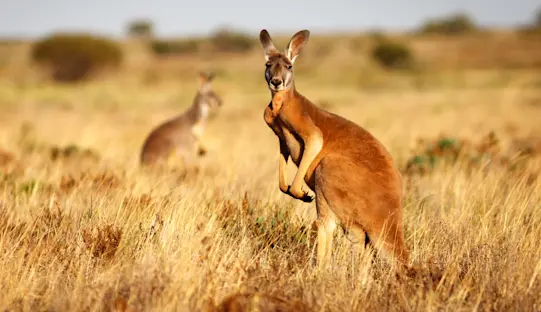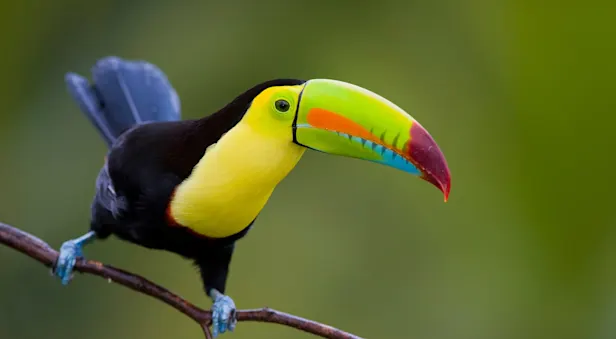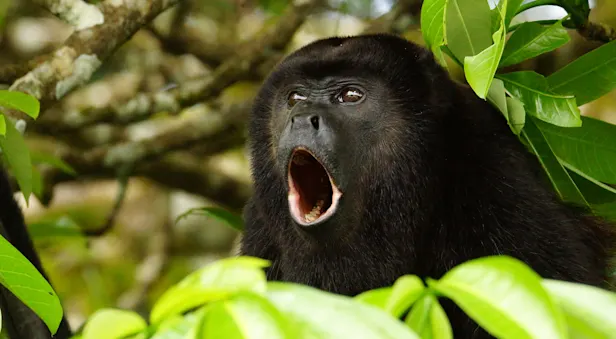
Know Before You Go


Hummingbird Facts | Costa Rica Wildlife Guide
Of all the vibrantly named bird species in Costa Rica, the hummingbird is the most alluring, with names such as violet-crowned woodnymph, coppery-headed emerald and the blue-throated goldentail. There are 51 species of hummingbird in Costa Rica, each stunning and fairy-like. For example, the fiery-throated hummingbird is an iridescent rainbow of color, shimmering green with a glittering blue crown and violet-blue chest. Feathers of golden-yellow surround a flame-colored throat, in sharp contrast to its inky black wings. Males are generally more brightly colored than their female counterparts and will often have a gorget on their throats, which is a patch of glistening, intensely hued feathers.
In the Americas, more than 300 species of hummingbirds belong to the family Trochilidae. These minuscule, brilliantly colored birds beat their wings at speeds of up to 100 beats per second. While beating, the wings produce the humming sound from which their name derives. These small birds are able to fly backward, due to the remarkable ability of their wings being able to generate lift on both forward and backward strokes.
Hummingbirds in Costa Rica are frequently seen hovering over flowers and lapping up nectar with their long, hollow tongues, which are forked at the end. They also favor a wide array of insects, including beetles, flying ants and daddy long-legs.
The pulse of hummingbirds can surpass 1,200 beats per minute—the fastest heart rate of any bird. To sustain this workout, plenty of nourishment is needed. Some white-eared hummingbirds have been found to eat 850 percent of body weight per day. Hummingbirds “hibernate” during the night, decreasing their metabolism and body temperature to preserve energy.
Hummingbirds are mainly solitary creatures, and breeding season is typically the only time hummingbirds are seen together. Mating lasts only a few seconds. Males guard flower-laden areas, hoping to attract females to the sweet nectar. Males become highly territorial, displaying a dramatic aerial conflict. After copulation, the female lays two eggs, each about the size of a coffee bean, in a thimble-sized nest of cobwebs, bark and silken plant down. Header Credit: Cassiano Zaparoli

































